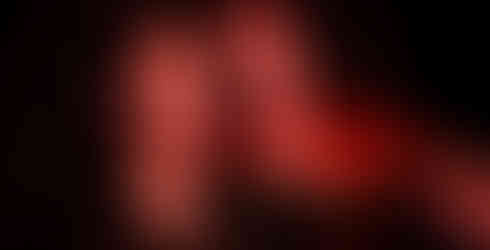Review: The Angry Brigade at the New Theatre
- Theatre Travels

- Oct 4, 2019
- 3 min read
By Caitlin Williams
The Angry Brigade is angry. They’re a far-left urban guerilla group from 1970s Britain, aspiring to the likes of the Baader-Meinhof Gang. Capitalism has created a society of spectacle, and everyone’s asleep at the wheel. Their plan is to wake everyone up. Meanwhile, across the city, a dedicated police team is hunting them down and getting into their heads.
This is the premise of James Graham’s The Angry Brigade, named after the historical terrorist group whose contemporaries included the far more violent and infamous Red Army Faction in Germany. The student movements and domestic terrorism of the 60s and 70s have inspired numerous cultural retellings — some successful, some not so much. And alas, The Angry Brigade falls into the latter category.
There are some strong performances across the board, particularly from Sonya Kerr and Madeleine Withington. Both Kerr and Withington marvellously differentiate their dual characters, and bring a warmth to the otherwise potentially unsympathetic terrorists they play in the second act. Davey Seagle plays Smith convincingly, although the drill-sergeant monotone he adopts carries rather unfortunately into the second act and prevents him from fully demonstrating the nuance in either characters. Benjamin Balte offers a sturdy performance, able to walk the line between charm and arrogance, and there are some wonderful cameos from Will Bartolo, Nicholas Papademetriou and Kelly Robinson. All three added spark and character to their too-brief moments on stage.
The concrete bunker style set, designed by Sallyanne Facer, is artfully deconstructed during the intermission, leaving us with the bare stage save for some minimal details. It feels tonally in tune with the second act, my preferred half, in its surreal and fluid nature. Facer’s costuming, especially in the second act, certainly succeeded in rooting us in a place and time. Lighting design by Michael Schell, while adequate, at times felt cluttered and unclear. Glenn Braithwaithe’s lighting design had its moments, with some gorgeously placed spots, but the use of colour in otherwise ordinary scenes felt unnecessary and distracting.
I must admit, I can’t say I particularly like Graham’s script. While acts one and two run parallel to each other in time, I can’t see the necessity of having both. The story is adequately told with only one of these acts, and the run time would have been a far sight shorter than the near three hours of both combined. However I do admire Graham’s ability to shift tone and style to suit the characters he’s portraying. We move from a traditional scene-by-scene as we watch the detectives closing in, to an extended scene peppered with flashbacks and surrealism when following the story of the Angry Brigade.
Alex Bryant-Smith’s direction followed this turn in tone, but ultimately this was a show confused about both its message and its style. I wished the surrealism of the second act had been brought into the first. I wished that the absurdity of the actors playing both detectives and criminals had been more often acknowledged and worked in. Bryant-Smith had moments of artistically interesting and thematically important imagery, but they were scattered and seemed mostly confined to the second half. I truly feel I would have been happier watching the second act alone — the political explainers and classic detective work of the first act seem to add no great importance.
When it comes down to it, this is a show you will likely have fun watching. It’ll be a history lesson in a time and group you likely know little about. But you won’t take away some substantial message or relevance — except maybe that capitalism is the root of all evil, which I can’t say I totally disagree with. The Angry Brigade are certainly angry, but you’re probably not going to leave the theatre up in arms.
The Angry Brigade is on at the New Theatre until the 2nd of November.
Image Credit: Bob Seary
All opinions and thoughts expressed within reviews on Theatre Travels are those of the writer and not of the company at large.
























